Viv Lee works with terracotta and stoneware clays to create sculptural ceramics with a focus on hand-built vessels. She discusses the inspirations behind her minimalist vessels, growing up in Hong Kong, changing careers to become self-taught in ceramics, and her recent residency with TOAST.
Hello, Viv. Can you tell us about your practice, particularly your handmade process?
I am an artist/maker working full-time in ceramics with a studio based at Wasps Artists’ Studios in Glasgow, Scotland.
Working with stoneware and terracotta, I am drawn to the meditative properties of slow making techniques like pinching, coiling and press-moulding. When it comes to making coiled vessels, I try to put aside my analytical mind in favour of taking a more intuitive approach to clay. Sometimes I begin work with a loosely formed idea of what I might make, but as I begin the process of coiling, I am drawn into another direction.
I try to remain fluid in this process allowing my intuition to guide my making. Working this way does not always yield the right result the first time. It can be incredibly frustrating too and I have squashed many pots in the process, but eventually something begins to feel right, and a form emerges. Some of the forms that I create using this intuitive and exploratory approach are later developed into limited edition press moulded pieces.
“Looking back there was a common thread that ran through all the careers I embarked upon, and that was the desire to work with my hands.”
Tell us about your time at Glasgow School of Art. Why were you drawn to sculpture?
Predominately self-taught in ceramics, I graduated from The Glasgow School of Art in 2017 with a Bachelor of Fine Arts in sculpture. In my second year of art school, we had a visiting professor from China teach a class on sculpting a head in clay. It was the first time I had used this material and it was definitely love at first touch. I knew at that point I had discovered the material I wanted to work with. My background in sculpture gives me a strong leaning towards sculptural forms which I think is evident in the vessels I make.
I came to art later in life as a mature student. Growing up in Hong Kong, I did not have much exposure to art nor was it something that was encouraged, though I do have early recollections of my fondness for making things. I had a fairly typical Chinese upbringing where the emphasis was placed on pursuing a stable professional career, so when I moved to London after finishing high school, my first degree was in Law. After graduating, I worked briefly for a city accountancy firm and very quickly realised the corporate world was not for me. It was twenty years later and after various other careers from aromatherapy to floristry that I finally had the courage to pursue art.
Looking back there was a common thread that ran through all the careers I embarked upon, and that was the desire to work with my hands. The appeal of studying sculpture was therefore immediate, as I felt it was a field that would allow me to make work with my hands.
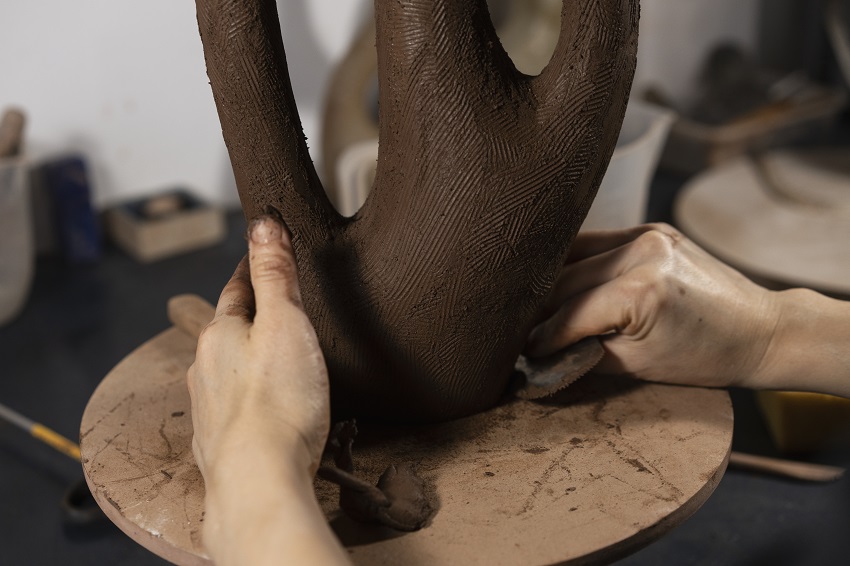 Image: Viv Lee / Photography by Gabriela Silveira
Image: Viv Lee / Photography by Gabriela Silveira
In your bio on your Craft Directory profile, you mention you are influenced by Zen Buddhism and the meditative properties of slow hand-building techniques. Could you tell us more about the meditative benefits of your practice?
Some years ago, I became interested in exploring meditation and the pared back simplicity of Zen Buddhism really appealed. The idea of emptying the mind and focusing on counting the breath is actually very difficult, especially as I have an incredibly busy mind which makes concentrating for even short periods of time a real challenge. However, I also discovered working with my hands in a practical way or doing something repetitive that engages me physically not only has the effect of quieting the chatter in my head but also puts me in a meditative state. I now like to think of making as a form of active meditation - I can lose myself in the making process with the actions of coiling, pinching, press moulding or refining a surface, and hours can fly by without me even noticing.
Aside from the obvious benefits that meditation can have on the mind and body, I think it is also incredibly beneficial to my creative practice. I noticed that inspiration for my work often comes when I am not over-analysing and trying too hard to reach an outcome but allowing myself to go with the flow.
“I believe our relationship to objects need not be an intellectual one but can operate on an instinctive level.”
Can you tell us about your work exploring the metaphor of the body as sacred vessel?
During my fourth year at art school, I became interested in reading about feminist spiritual philosophy and was intrigued by the idea of the sacred being omnipresent in the earthly world. As our physical bodies are so much part of our existence, these spiritual ideas became my motivation for making: a means of connecting to the sacred in my body, and through the materiality of clay, the sacred in the primordial body, Mother Nature. While these ideas still underline my practice, I think there is a natural connection that making vessels has with the body, and exploring this metaphor opens up a vast territory of forms, for example, the way that we refer to the features of a vessel such as the foot, neck, belly, all point to the anthropomorphic qualities of this ubiquitous object.
Nowadays, I continue to approach making vessels as a means of connection to the sacred, but also as celebration and appreciation of the beauty and diversity of the body, be it the human body or the earth body.
How do you hope the audience will respond to your work?
I believe our relationship to objects need not be an intellectual one but can operate on an instinctive level. Particularly when it comes to responding to objects made from clay, the roots of which extend far back in our material culture. In that respect, I hope the audience can find a response to my work in their own personal way, and perhaps one that elicits a sense of connection to their own bodies.
How has living and working in Scotland influenced you as a maker?
Growing up in Hong Kong, my connection to both the natural and creative worlds felt distant. Moving to Scotland really opened up these worlds. Not only does Scotland have a vibrant creative community, I feel this to be particularly true of Glasgow where I am based, but it is also a place of outstanding natural beauty with its breath-taking landscapes and easy access to green spaces. I am certain that being surrounded by such a dynamic creative community while also being able to connect to the grounding energies of nature really feeds me creatively and spiritually for making work.
You recently were chosen as one of the five TOAST New Makers 2020. Can you tell us what you worked on during your residency and how you have benefited from the position?
The TOAST New Makers 2020 programme has been a wonderful opportunity for me to grow my practice both technically and professionally. For the programme, I drew from my coil built Sympoiesis collection to create five new forms from which press-moulds were developed. This new method of hand building enabled me to make vessels with a degree of uniformity while also retaining the unique characteristics of each piece in the finishing and glazing process.
Alongside my practice of making one-off pieces through coiling, the press-moulding process is now firmly integrated into my practice as a method of small batch production and for the creation of my limited-edition vessels. The support and promotion of my work through the TOAST website, social media platforms, and through the TOAST Creative Residency has also meant that my work has been able to reach a much wider audience than prior to the programme. In the current Coronavirus (COVID-19) climate, restrictions on showing work has meant a challenging time for artists and makers to get their work out there, so having such an incredible opportunity to connect to a buying audience has been tremendously valuable.
Last but not least, it has been fantastic to meet the other four makers on the programme, getting a glimpse of their creative practices and supporting each other through the programme.
If you are an emerging maker and would like to apply to the TOAST New Makers 2021 programme, please you can submit your application before midday on Sunday 6 December 2020.
What’s next for your practice?
I have recently developed a range of unique lamps exclusive to The New Craftsmen and will also be launching a selection of one-off coiled vessels with them. There are also a few exciting new projects in the pipeline - the launch of a series of limited edition vessels with a British fashion and lifestyle brand in spring, plans for making larger scale works for a gallery in London, and supplying a new stockist in Copenhagen.
For more information on Viv Lee and her work, please visit her Craft Directory profile, Instagram and website.
![Craft Scotland Team Update]()
![Celebrate Craft and Shop Local This Festive Season: Makers Markets and Open Studios Not to Be Missed]()
![Statement Regarding Access for HARVEST: Contemporary Craft Fair]()
![Programme Update Spring 2025]()
![Hag: Reimagining Complexities of Womanhood, Ageing and Wisdom]()
![The Craft Edit February 2025]()
![Sarah Hutchison Gives Jewellery a Second Chance to Sparkle]()
![Òr: An Ode to Craft on the Isle of Skye]()
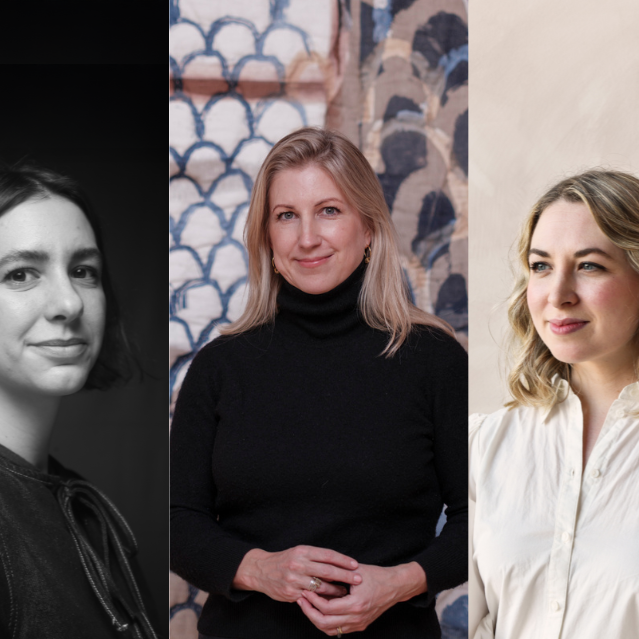

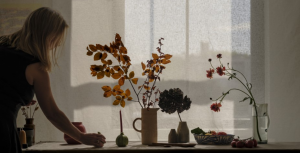
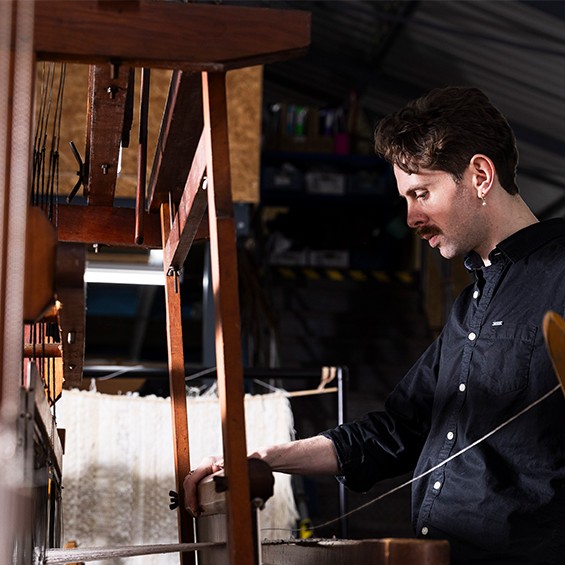
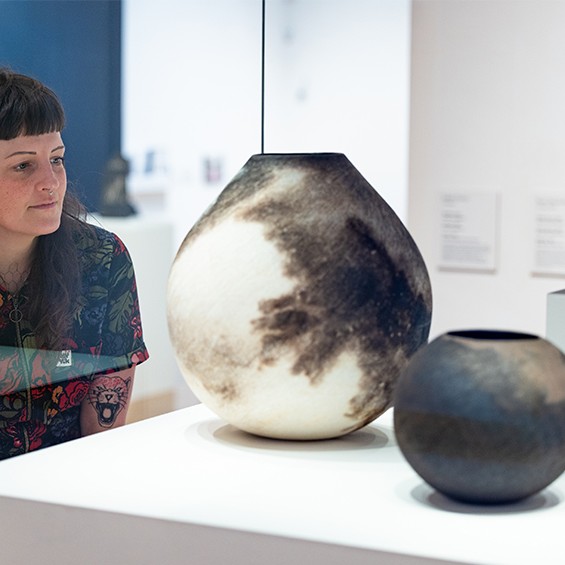
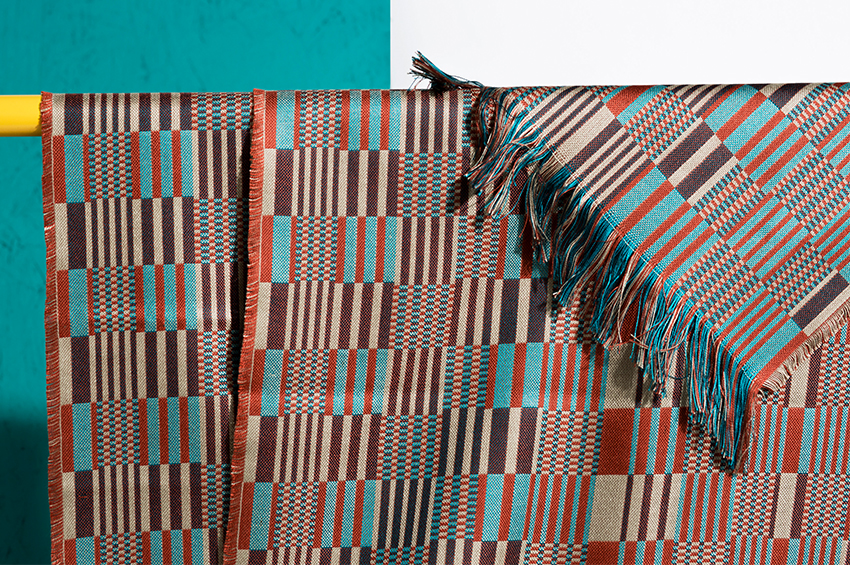
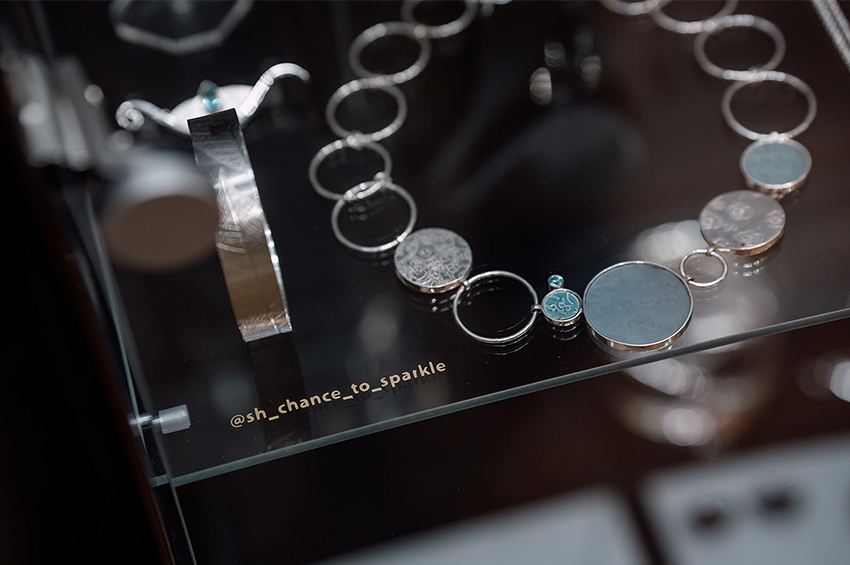
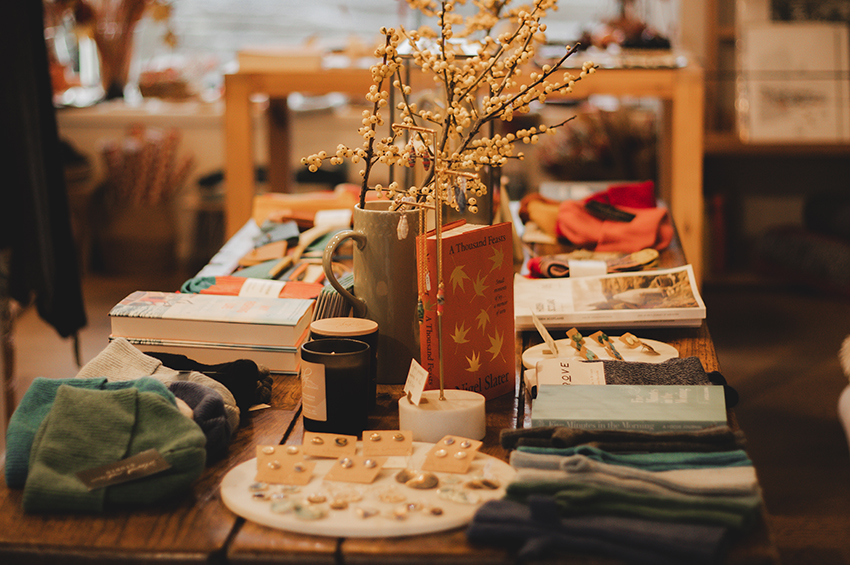
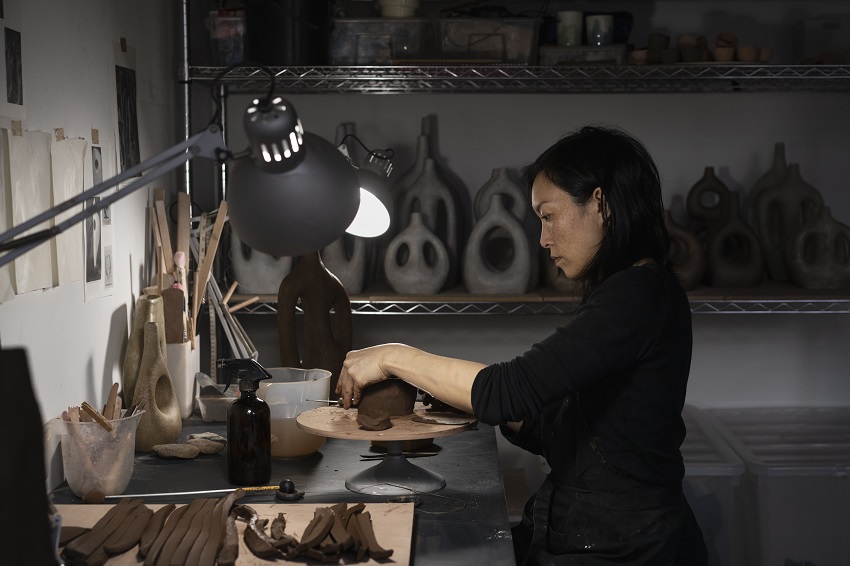
 Image: Viv Lee / Photography by Gabriela Silveira
Image: Viv Lee / Photography by Gabriela Silveira 
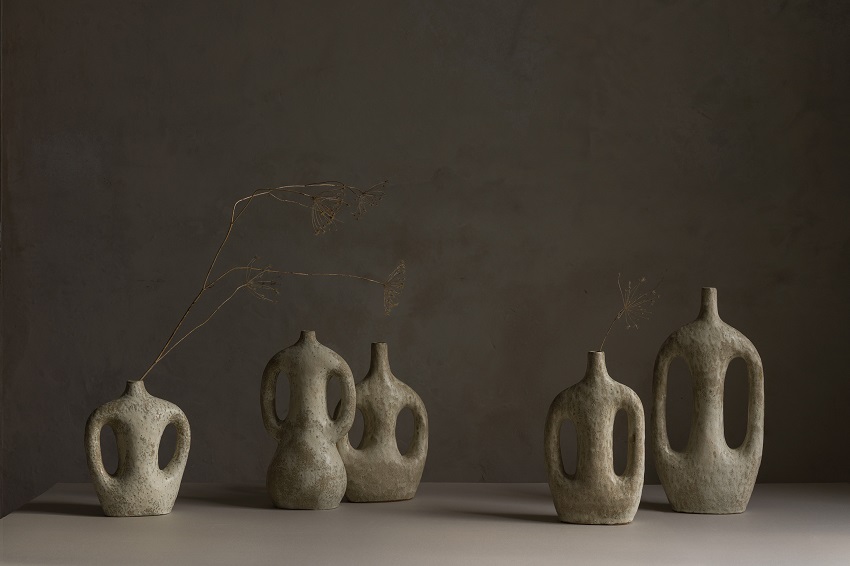 Image: Viv Lee / Photography by Gabriela Silveira
Image: Viv Lee / Photography by Gabriela Silveira